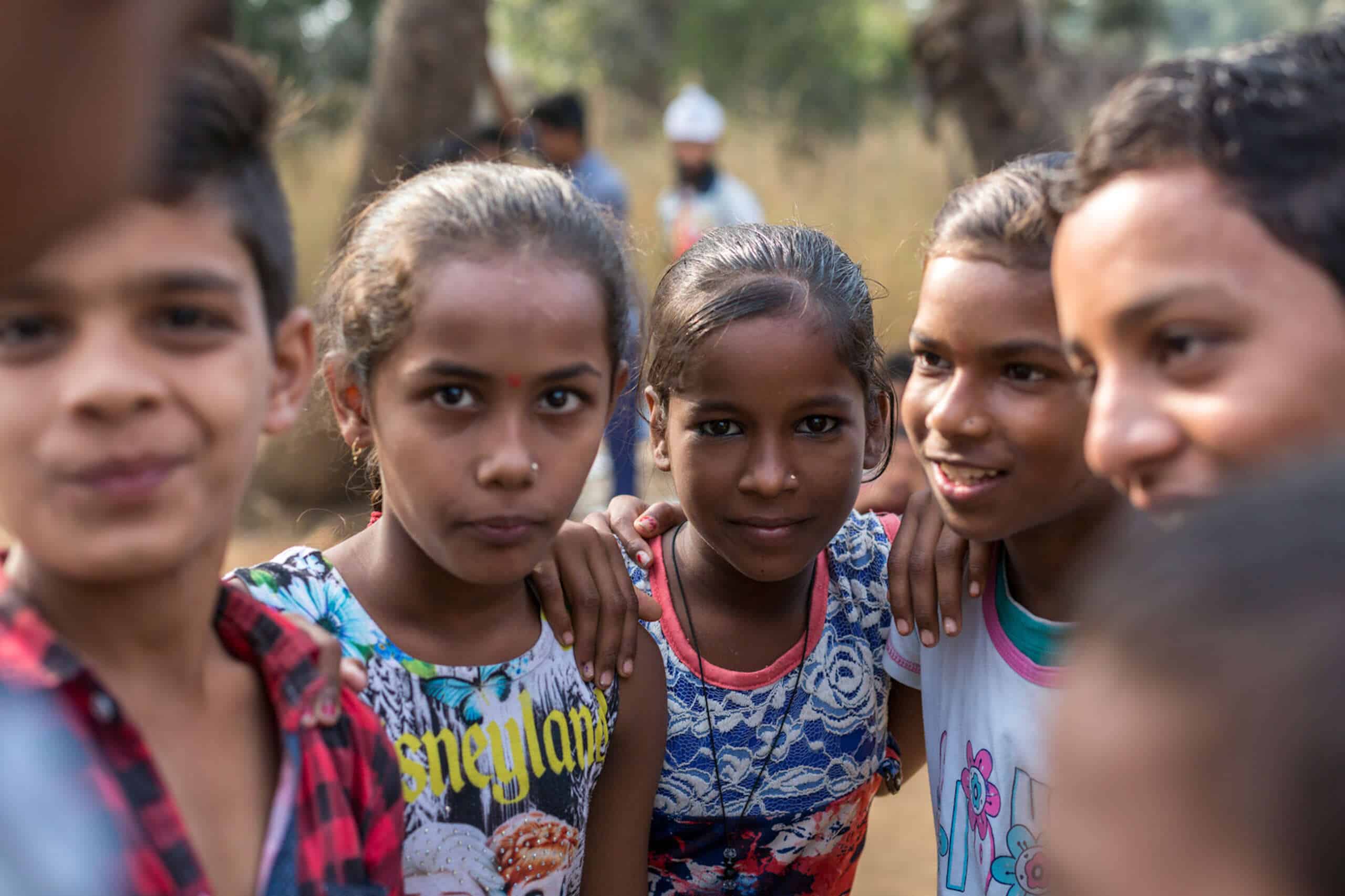This article was originally featured on BMW Foundation TwentyThirty.
6 min read
Working in next gen philanthropy is challenging. How does one deal with wrong perceptions, pressure, and proof-of-success? Amira Shah Chhabra, a participant in the Investing for Impact for the Next Generation program, shares her learnings from dealing with everyday limitations and experiencing the calming feeling of belonging.
As a young philanthropist, I have found that the terms “impact investing,” “next gen philanthropy,” and “online fellowship” (in lieu of an in-person program due to the pandemic) have something in common: one raised eyebrow from anyone even kind enough to consider them seriously.
It has taken me seven years to stop feeling apologetic about being a young philanthropist. The general skepticism behind philanthropy and impact investing persist, however, and I often find myself in a position to justify their effectiveness and stand my ground in advocating for them. During the Investing for Impact for the Next Generation program, I came to realize that I’m not alone in facing the challenges of perception, pressure, and proof-of-success that come with working in the fields of philanthropy and impact investment.
One of the most encouraging takeaways was the camaraderie we built. It was uplifting and reassuring to connect with close to a dozen peers from across China, Indonesia, Malaysia, Philippines, Australia, Japan, Hong Kong, Singapore, and India. Meeting practitioners from such diverse backgrounds gave me the opportunity to hear about their experiences, work, and future ambitions.
Over the course of six months, we got to exchange ideas and learn from one another as well as experts in the field. It was wonderful to see how the community members, and especially invited guest speakers, were open to meet outside of the sessions and identify opportunities for joint action.
The boundaries between philanthropy and impact investing
My own journey in this program started with making sense of the boundaries between philanthropy and impact investing. I realized that, while impact investment can be and is held to the same degree of accountability as traditional investing, it is also treated with a generous outlook. Therefore, impact investing finds itself at the mercy of the investor who may or may not be willing to integrate returns with flexibility.
“It pushes the limits of your heart, head, and hands every day.”
– Amira Shah Chhabra
In addition to learning the definition of impact investing as it is applied across several regions across the globe, I was excited to find that my fellow community members were adopting unusual interventions to scale our impact.
From sports for development, to building emotional intelligence through art, to fashion and design that don’t discriminate by purchasing power, the next gen philanthropists are thinking contextually, creatively, and practically to drive social change. As we came together in our work, values, and backgrounds, it helped to know there are others out there who are thinking, feeling, and doing just as I am.
How the next generation is driving social change
There is no formal degree in philanthropy as yet, but I gravitated towards it in my desire to pursue my career in the development sector. I had hoped that my educational qualifications, past work experience, and current endeavors would qualify me to take up this job effectively. Yet, I am often met with dismissal, topped with a disparaging, “You must sleep so well at night.” To compound my frustration, as a woman working in this field, I was once even asked, “You work with your family foundation, that’s nice, so which days do you go shopping?”

“From sports for development, to building emotional intelligence through art, the next gen philanthropists are thinking contextually, creatively, and practically to drive social change.” Amira Shah ChhabraMarc Beckmann
The redeeming factor is that the social sector doesn’t let you down. Not for one moment does it allow you to feel that you will succeed simply because you have financial resources. It pushes the limits of your heart, head, and hands every day. At the same time, it brings people together in a way that no other field can.


















